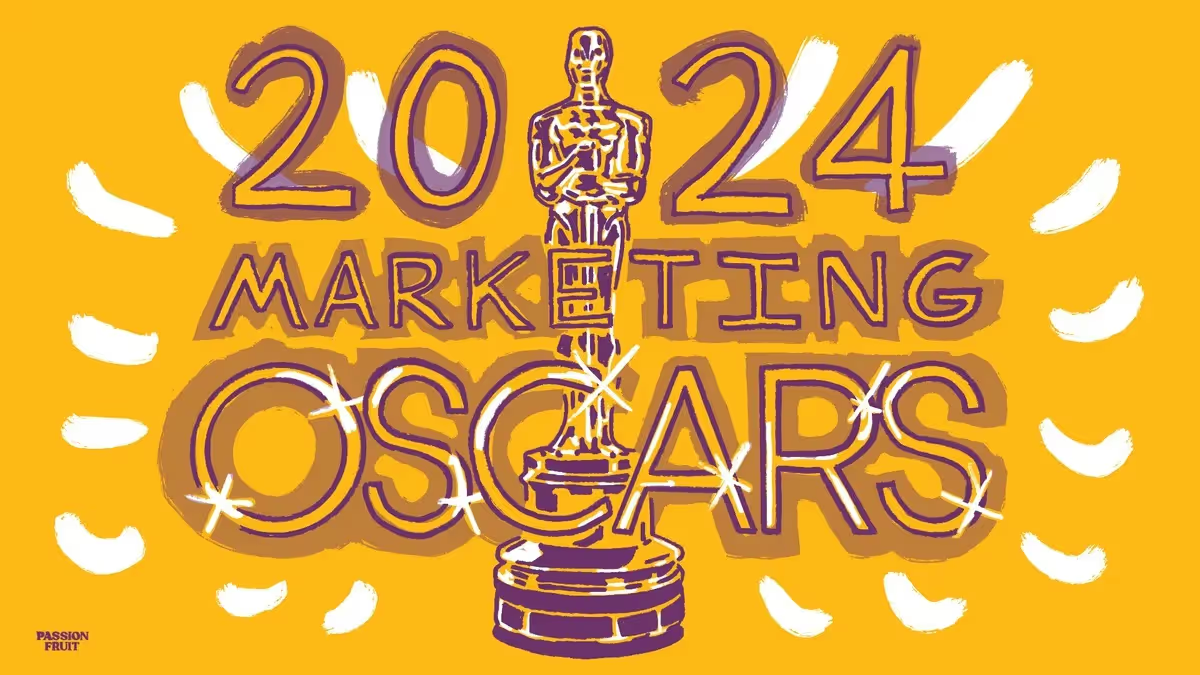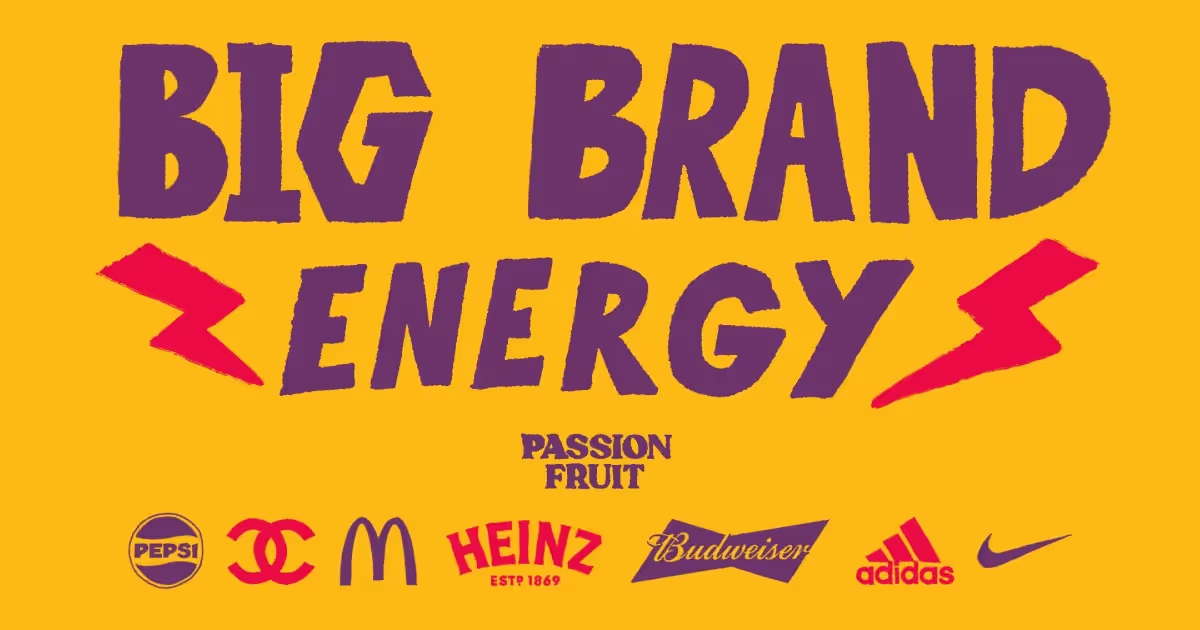There’s a well known saying in the business world. It’s attributed to Jim Barksdale, who yelled it at reporters as he dashed out of the Savoy Hotel during Netscape’s IPO roadshow in August ‘95, and it goes like this:
“Gentlemen, there’s only two ways I know of to make money: bundling and unbundling.”
What’s less well known is that Barksdale’s framework is a revival of an older, more convoluted one put forward by John Locke, the 17th century philosopher:

That this idea has persisted over the centuries is important. In his book Antifragile, Nassim Taleb proposes a theory of survivability called the Lindy effect, which states that, “for the nonperishable, every additional day may imply a longer life expectancy.”
Taken out of academic-jargon, Taleb is saying that the longer an idea is around for, the more likely it will still be around in a long time. Put more simply: some ideas will always be true. Barksdale’s is one of them.
Take any business industry and you can see this pattern playing out. In journalism, Substack enabled individual journalists to go it alone, unbundling legacy newspapers, but now Every has “curated” (i.e. rebundled) a selection of those journalists’ work in an digitised version of a newspaper. In education, Udemy unbundled universities by making it easy for anyone to lecture through an online course, now Maven - founded by the same person! - is “partnering with the world’s best instructors” (i.e. rebundling) to reimpose the quality filter set by those universities. In freelancing, Upwork unbundled marketing agencies by letting anyone offer their skills directly to the end consumer, now Passionfruit is rebundling those freelancers, by creating a home for those whose skills are of an agency’s standard.
This enumeration of examples has infinite potential because, without going all Lion King on you, this really is the circle of business; as D’Arcy Coolican of a16z has noted.

However, in recent times, there is one category where this pattern has been more apparent than the rest: retail e-commerce marketplaces.
It’s hard to believe now, but up until 1994, every point of sale was a physical point of sale. The concept of an online transaction was no more than that; a concept. Then, in 1994, Dan Kohn - a 21-year-old economics graduate - sold a CD to a friend who was 300 miles away. Dan's friend, Phil Brandenburger, had to place the order via a Unix machine loaded with a web browser called XMosaic. To a non-technical mind, that all sounds quite complicated, and it was until Jeff Bezos showed up.
Amazon’s unbundling of physical retail started with books, but that was just the point of entry. As Bezos put it back then: “Amazon isn’t happening to the book business. The future is happening to the book business.” From books, it was music, music to shoes, and now shoes to this “Everything Store” where third party vendors, alongside some Amazon own brand items, have propelled the company’s net revenue close to half a trillion dollars.

Of course the recent history of retail e-commerce marketplaces is incomplete without the stories of eBay, Rakuten, Mercado Libre, Alibaba and many more. But Amazon’s dominance cannot be overstated: as of last year, it had greater market share than its nine closest competitors in the US combined.
Even if you zoom out from America, and look at non-retail marketplaces as well, no international rival comes close.

And yet, as the pattern goes, once the unbundler, Amazon is now ripe for rebundling. Once-separated third party vendors, that are the engine room (+60%) of Amazon’s sales, are now being brought back together by rollup companies colloquially known as “Amazon aggregators”. Their business model is simple: find third party (a.k.a Fulfillment by Amazon (FBA)) vendors that are doing well (roughly +$250k annual revenue) but don’t have the know-how to push on across merchandising, branding, packaging, scale, supply chain and logistics, acquire those vendors, and add the know-how to push on.
The first of these AAs was 101 Commerce, but they failed to generate sufficient investor traction and merged with Goja in 2019. Thrasio, on the other hand, has emerged as the category’s frontrunner: with $100 million of profit on $500 million in revenues last year, and the record for the fastest profitable unicorn in history.
Behind Thrasio are a growing number of new entrants that are determined to achieve their own records over the coming decade, let’s evaluate each of their approaches:
Win Brands Group
Pitch: “We buy and build brands that matter. Built a brilliant brand and ready to take the next step? Transform your business and your life by joining Win.”
Founders: Kyle Widrick, Taylor Sicard
Funding: $50m
WBG has its house in order. A browse on LinkedIn tells me that there’s an internal Creative Director, Marketing Manager and Director of Community that work across all their brands. There’s also an Instagram page going - it needs more regular activity to boost engagement, which sits at just 6.09%; low for a small channel - and a well designed website that features some top line “Sellers Stories”. They would do well to double down on the splash of yellow that’s in the colour palette and carve out a more proprietary look and feel, but overall the nuts and bolts of their brand feel well fastened.
Content marketing is where there is most room for improvement. A small amount of empathy with a prospective seller tells you that the number one assurance that a FBA vendor is seeking is that other vendors have had a good experience. This category is ripe for a media company add-on, with emotionally-driven stories of successful vendors describing the WBG acquisition process. Done correctly, this will not only drive top of funnel awareness, but will help WBG move leads from mid-funnel to closing as they see how well everything went for companies like theirs.
The good news for Kyle Widrick and Taylor Sicard is that WBG has a crown jewel in Gravity; makers of the famous gravity blanket. It’s a smart strategy of theirs - explicitly going after businesses that have this kind of “hero product” - but they are sleeping on the potential of John Fiorentino (Gravity’s founder) starring in a slick, lo-fi doc where he goes deep on how WBG has actually transformed his business and his life. In a game where it’s all about branding your money, there’d be no better social proof than that.
Super Aggregator Score: 💥💥💥
Unybrands
Pitch: “Not only do we understand the power, growth potential and value of e-commerce brands on and off Amazon—we have years of experience in buying, integrating and building digital brands at a fast pace.”
Founders: Christian Harnischfeger, Eugen Miropolski, Ulrich Kratz
Funding: $25m
The three co-founders count stellar financial and business backgrounds at Goldman Sachs, WeWork and DIA Management, but the most intriguing figure on the Unybrands leadership team is Anuj Malhotra, VP Marketing. Formerly head of Paid Search at Amazon, Malhotra comes with deep platform-side expertise that will surely provide significant value to the brands that Unybrands acquires. On the flip side, what surprises me is how little attention has been paid to the Unybrands brand itself. For a company that claims expertise in “building and boosting brands'' there is nothing in their colour scheme, typography or art direction which signals any appreciation of the fundamentals of branding.
An injection of energy would be welcome beyond the core brand assets: there is no social media account, and a bi-monthly blog which is more of an elongated sales deck than a home to engaging, provocative content marketing that provides support to their SEO. It’s all too sterile and generic right now.
Headquartered in Miami, Unybrand’s home is a thriving, colourful city and there’s a clear opportunity to channel some of that excitement into their product marketing. Alternatively, they could double down on being the operational leader in a category which now counts more than 50 competitors - all focused on buying Amazon brands. Either way, a successful challenger brand is built on a rock, a lighthouse identity that is beacon to customers, and if Unybrands is serious about competing with the likes of Thrasio, they need to double down on what makes them different.
Super Aggregator Score: 💥
Branded
Pitch: “We take your Amazon brand to the next level. Transform your future through a successful exit. Continue to profit as we accelerate your brand.”
Founders: Alexis Lanternier, Ben Kaminski, Michael Ronen, Pierre Poignant
Funding: $150m
With $150m in the bank, there’s no excuse for a marketing operation this barren. Take any category, if you want to beat the market leader, you have to win an excess share of voice (ESOV). In other words, people have to be talking about you disproportionately to how much market share you have. In practice what that means is you have to be doing more marketing than the category leader. In this case, Thrasio runs a podcast called “The Selling Point”, a weekly event called “Private Label Live” and pumps out content across multiple social media channels. These “Amazon acquirers” are all offering the same product, so, if nothing else, they compete on their own marketing and brand. And yet, they’re all willingly letting the number one player establish even more ESOV! You can see why Thrasio’s co-CEO Josh Silberstein is bold enough to say that “there is no company like ours”, because so few of his rivals, and certainly not Branded, are doing what it takes to beat Goliath. And let’s be clear: in reality, to beat Goliath, you have to become him. If you invest in marketing like you’re David, you will lose.
Just like Unybrands, I’m blown away by the calibre of these founders. We’re talking about seasoned professionals with decades of experience and expertise at the helm of major marketplaces, VC funds, banks and platforms. But put that to one side, the reality is that Branded doesn’t have a brand. There’s a reason that many VC companies have a thesis - it is an organising force, otherwise known as a brand, that helps steer founders in the right direction. Especially as this category matures to 100 then 1000 competitors, the sooner rollup companies develop a similarly clear sense of focus the better. The next dollar Branded spends ought to be in the hands of Marketing Director, Samira Hoummiri, who has a great track record at M.Moustache. It will be the best investment they ever make.
PS. Alexis Lanternier, if you’re reading this, there’s a typo in the first line of your bio.
Super Aggregator Score: 💥
Heroes
Pitch: “Heroes is a technology-driven ecommerce company that acquires, operates, and scales small and medium-sized brands with category-winning products on global marketplaces.”
Founders: Alessio Bruni, Ricardo Bruni
Funding: $65m
At least here it feels like the Bruni brothers have an appreciation for the value of marketing their business. The brand fundamentals are in order and there’s a YouTube channel, an Instagram account and a fledgling Twitter handle going. They don’t need to spread themselves across all of these but rather choose one and do it well.
One alternative avenue which might work well in this space is what Lenny Rachitsky describes as “Editorially-Generated Virality-Optimized” written content - this is content written by a founder, proving their niche obsession, and designed to demonstrate thought leadership that builds credibility. It’s what we’re doing here at the intersection of helping startups and marketing, and what Rahul Vohra mastered early on at Superhuman as he proved how determined he was to improve email services.
Counterintuitively, what gives Heroes a better shot than many of its competitors is their founders’ relative lack of experience. Alessio and Ricardo previously founded a DTC healthcare startup which has now folded. Second time around, a piece of Justin Kan’s wisdom comes to mind.

Distributing your product well means getting it in front of people who will consume it, and that means marketing it. We’re excited to see what these brothers will manage the second time around.







